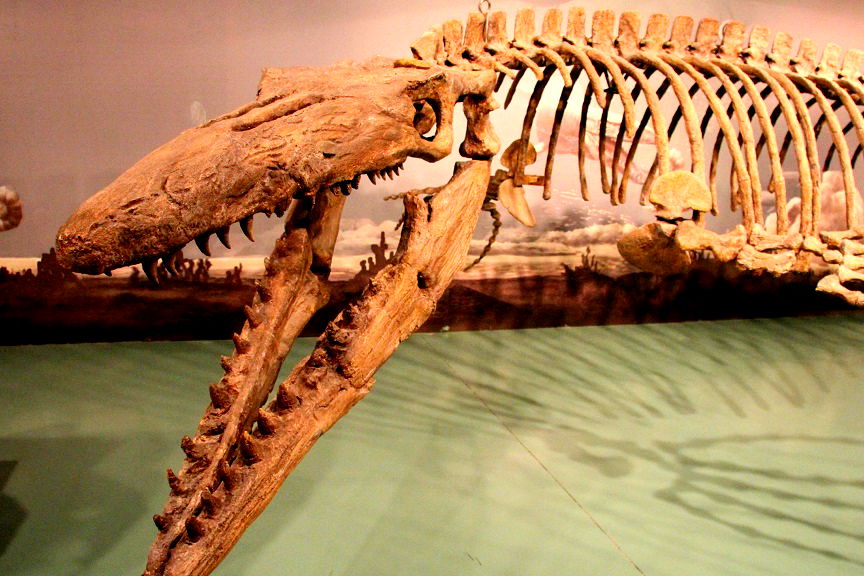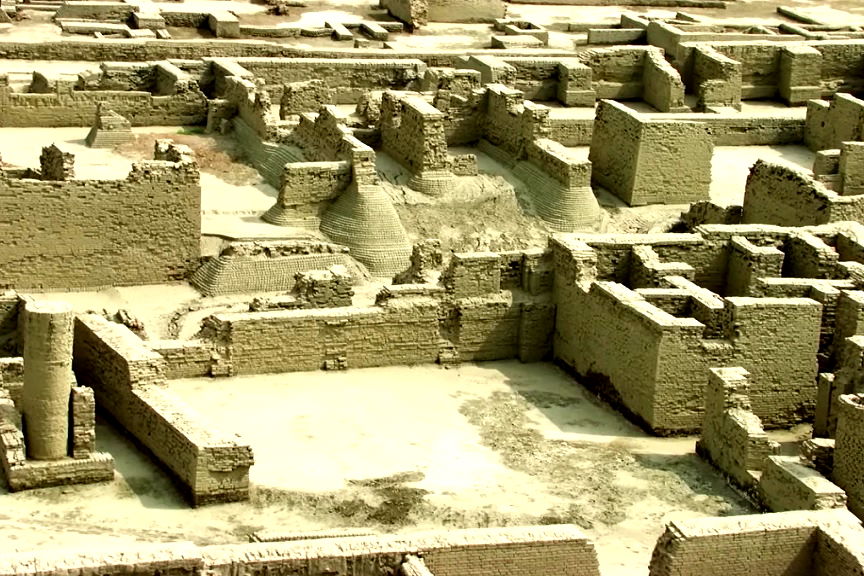Shambhala: Tibetan Buddhism’s mythical hidden kingdom



By Bryan Ke
The hidden kingdom of Shambhala has captivated the imaginations of ancient and modern people alike for its centuries-old story shrouded in myth and mystery. As tales of this legendary land endure, seekers continue to ponder its existence.
What Shambhala is:
Shambhala, Sanskrit for “place of peace,” is known by a myriad of names depending on its cultural reference. The kingdom is referred to as Aryavartha (“The Land of the Worthy Ones”) in Hinduism, Hsi Tien (“Western Paradise of Hsi Wang Mu”) in Chinese and Belovoyde in Russian. It is also known as Paradise, Shangri-La or Eden in various traditions.
- Like the Western world’s Atlantis, Southern Asia’s Shambhala also boasts its own legends. One such legend provides details on how the mysterious kingdom is accessible only to those with pure hearts and enlightenment. Ancient texts, including those from Hinduism and Tibetan Buddhism, describe Shambhala as a place filled with love and wisdom, free from suffering, sickness, materialism and aging.
- References to Shambhala can be found in various ancient texts dating back over a thousand year ago. For instance, the mythical place was first prominently discussed in the Kalachakra tantra, a collection of texts in Buddhist literature containing advanced spiritual and esoteric teachings. The Kalachakra tradition, which is also known as the “Cycle of Time,” gained importance in India sometime in the 11th century.
- Meanwhile, the Hindu text Vishnu Purana from the 4th century mentions Shambhala as the birthplace of Vishnu’s final reincarnation, Kalki. According to prophecy, Kalki, the final king of Shambhala, will bring forth harmony and usher in a new Golden Age of peace.

Its location:
The exact location of Shambhala remains a mystery to this day, as ancient texts mention varying locations throughout South Asia.
- Some people speculate it could be somewhere in the North, near Mount Kailash in Tibet. In the ancient texts of the lost kingdom of Zhangzhung, which predates Tibetan Buddhism, Shambhala is said to be located in what is now known as the Sutlej Valley in Pakistan.
- Some scholars believe that the mythical kingdom may have had a different name at the time and could be located somewhere in present day Xinjiang province of northwestern China and in eastern Kyrgyzstan.
- Interestingly, the 14th Dalai Lama mentioned Shambhala during the 1985 Kalachakra initiation in Bodhgaya in India’s eastern state of Bihar, noting that the mythical kingdom is “not a physical place that we can actually find.”
- The Kalachakra text stated that Shambhala can be found in a realm only accessible through a spiritual journey.

Its spiritual significance:
The mythical kingdom also holds spiritual significance in the form of levels, as described in ancient texts of the Kalachakra. This teaching was reportedly bestowed by Buddha during the deity’s final years to Sucandara, also known as Dawa Sangpo in Tibetan, the king of Shambhala. Since then, the Kalachakra has been passed down through Dawa Sangpo’s lineage.
- At the top of the Kalachakra levels of Shambhala is the external level or cycle, which describes the mythical kingdom as a physical place in the North where Buddhist teachings are taught and preserved.
- It is then followed by the internal level, which represents the heart chakra, the most important chakra responsible for regulating breathing and energy movement throughout the body.
- The next level is called the alternative, which deals with the degree of spiritual practice in Buddhism, where internal and external forces are driven by karma.
- Bringing all three levels together results in reaching the ultimate representation of Shambhala, where people can attain a state of clear light mind.

Attempts at finding Shambhala:
Many curious minds and explorers, from the early modern period (1500-1800) to the present age, have attempted to locate Shambhala in order to uncover its mythical history.
- One of the first explorers to venture in search of the legendary kingdom was the Hungarian scholar Sándor Csoma de Kőrös. He is cited as the first person to introduce the legend of Shambhala to Europe and was also the creator of the first Tibetan-English dictionary in 1833.
- Russian and American theosophist and occultist Helena Petrovna Blavatsky, better known as Madame Blavatsky, ventured to India to find Shambhala in 1856. Interestingly, she later linked Shambhala to the mythical islands and civilizations of Lemuria and Atlantis.
- German Nazis also conducted expeditions to Tibet in the 1930s, with some reports speculating that the explorers had a secret mission of trying to find Shambhala.

Pop culture references:
With its myth and mystery, it is unsurprising to see references about Shambhala in various forms of entertainment in books, movies and even video games.
- One of the most prominent references to Shambhala was in James Hilton’s 1933 novel “Lost Horizon.” In the book, Hilton describes an inaccessible spiritual paradise in a hidden valley in Tibet called “Shangri-La,” which many people believe to be inspired by Shambhala.
- The mythical kingdom was also featured in the 2019 Naughty Dog video game “Uncharted 2: Among Thieves” and in Nintendo’s 2019 tactical strategy game “Fire Emblem: Three Houses.”

Screen shot via EightOfSupreme
- The name of the mysterious, undiscovered kingdom was also used as the Wi-Fi password at Kamar-Taj in the 2016 Marvel movie “Doctor Strange,” which also has Tibetan elements incorporated in the story.
Regardless of its existence or whether the legends were exaggerated or not, the story of Shambhala will continue to evoke curiosity in the minds of people for many generations to come.
Share this Article
Share this Article







